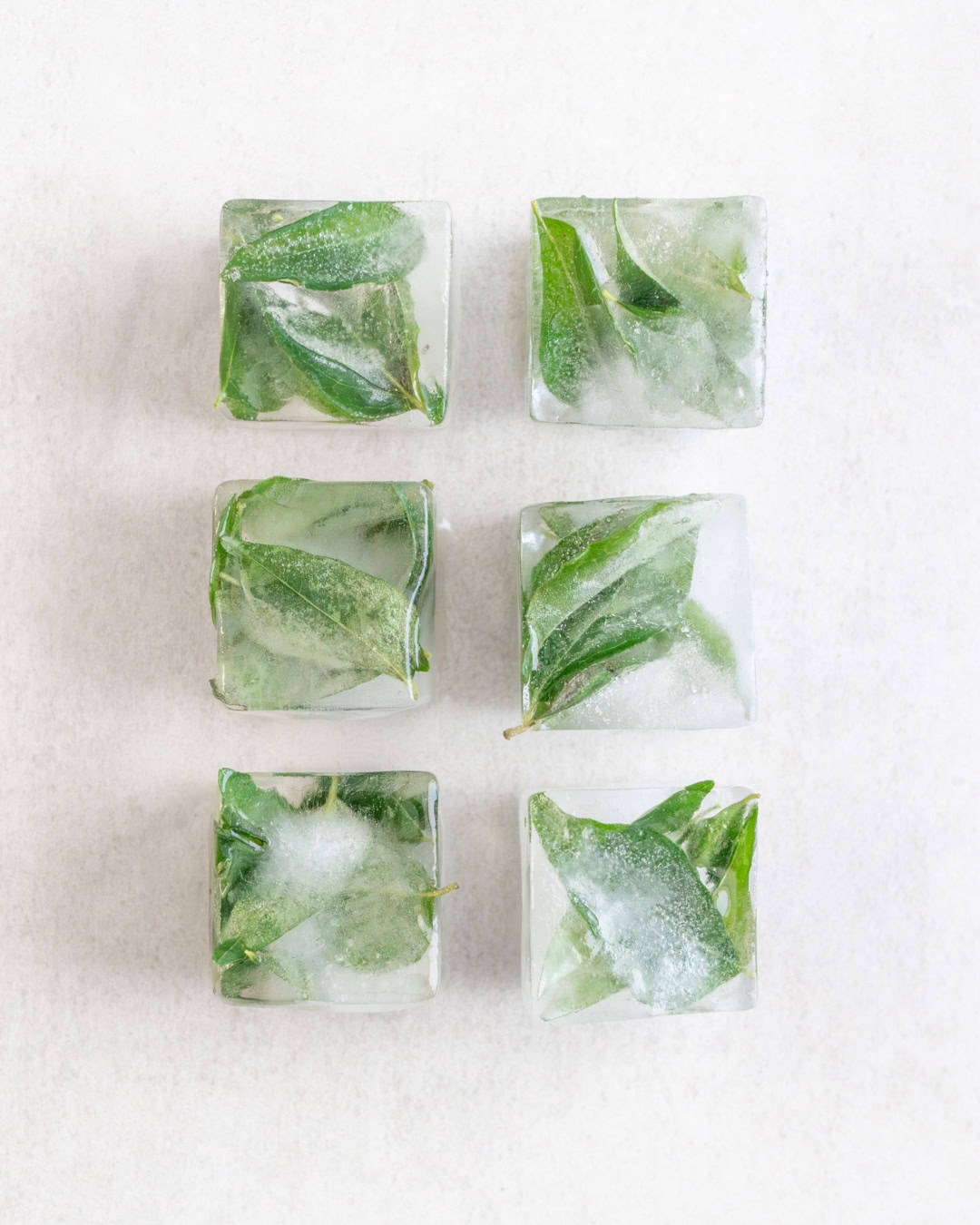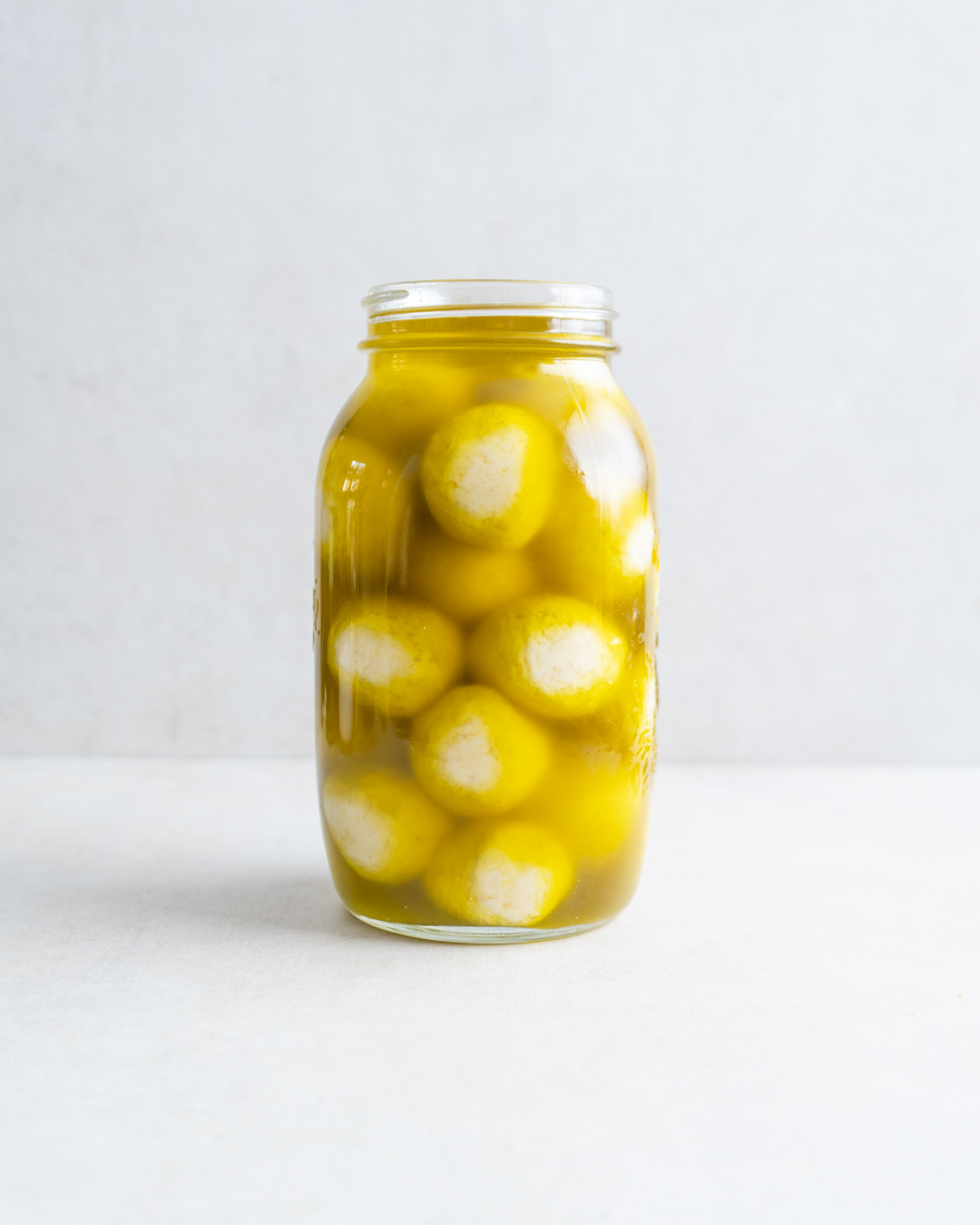Transform your peanuts into a versatile spread that combines a whey-cheese-like richness with the mild flavour of raw peanuts. This delicious fusion makes for a perfect spread on bread but can also be used to garnish savoury dishes or even enrich desserts. It’s naturally soy-, gluten- and dairy-free.









